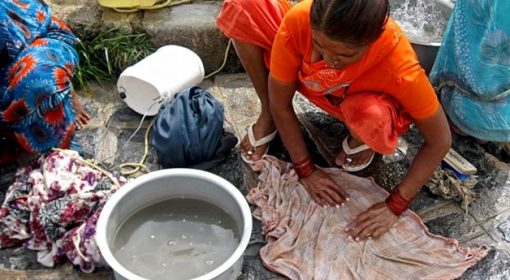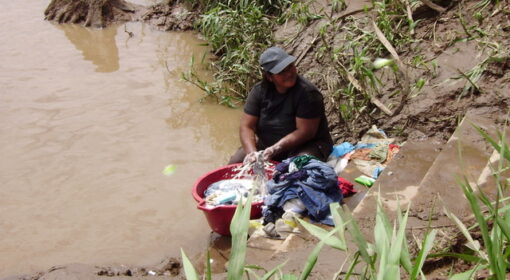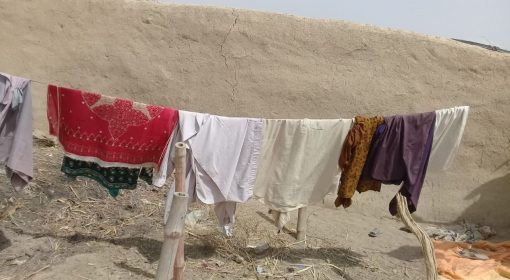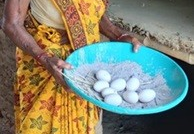By Frank van Steenbergen
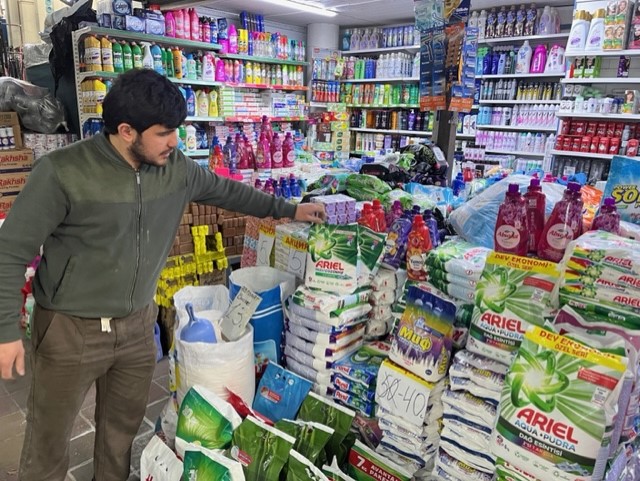
In an eye-opening TED Talk the famous statistician Hans Rosling explained how the arrival of the washing machine in many homes in post-war Europe liberated women from drudgery, gave them more time to develop themselves and their families. The magic washing machine according to Hans Rosling was the greatest invention of the industrial revolution.
Now seventy years later having a washing machine is still a very distant reality for many women. It is not only a matter of affordability, but also a matter of priorities.
It is hard to estimate but probably 1 billion women even lack the very basic equipment to do laundry in safe and time-efficient manager, such as a washboard, plunger or a hand operated washing machine. In other places washing machines are being introduced but they seem to be no priority. Here are some statistics from Tajikistan, the relatively poor landlocked Central Asian country. In three areas in the Southwest of the country households were asked (as part of a social impact survey[1]) as to what equipment they owned. Here is the result:
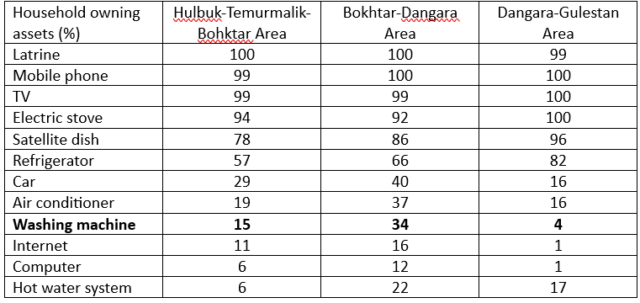
What is striking is that only few household have a washing machine. The area where the surveys were taken are poor – average income is USD 150/month and more than 10% of the working population has migrated to Russia for a living. The lower figure in washing machine ownership in the Dangara-Guleston is explained by the fact that there is no running water in some of the villages in this area. Even so, in the other two areas having a washing machine has a lower priority than a tv, mobile phone, electric stove, refrigerator or satellite dish.
[1] Kocks and Finnoc (2022), “Poverty, Social and Gender Assessment (PSGA) for the Hulbuk –Temurmalik –Kangurt, Bokhtar –Dangara and Dangara –Guliston Roads.”
